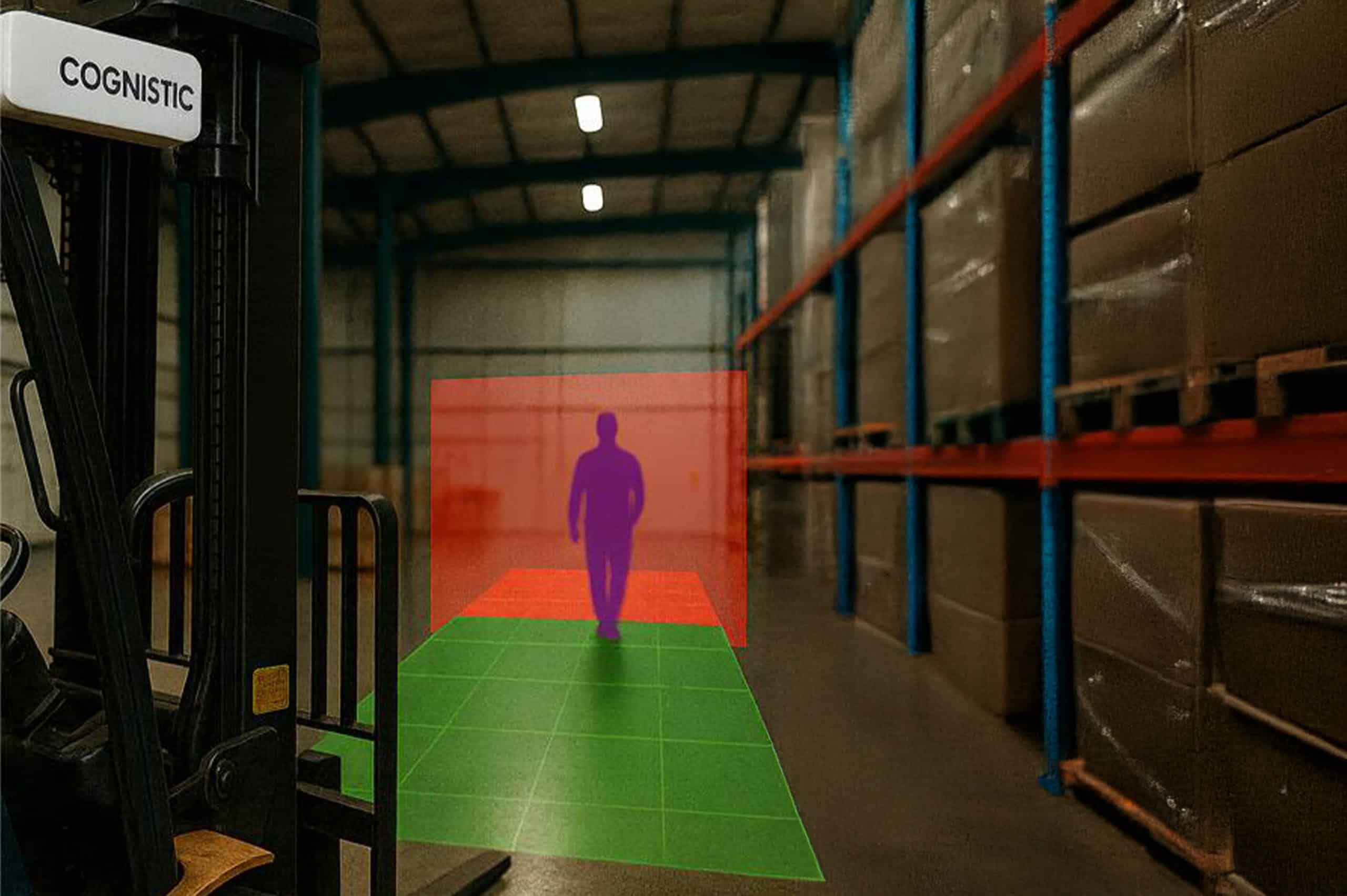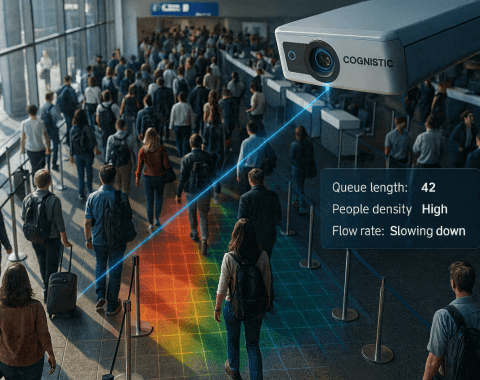
Introduction
Industrial sites are among the most dangerous and complicated places to work. From bustling warehouses packed with forklifts to underground mining areas with low visibility, the interaction between machines, vehicles, and people creates a constant stream of safety risks. Signs, PPE, and manual monitoring do contribute, but in today’s fast-paced environments, they are no longer sufficient to prevent accidents.
I-powered collision avoidance is revolutionizing workplace safety. By combining artificial intelligence with automation and real-time monitoring, companies can prevent incidents before they happen rather than simply responding afterward. Smart safety equipment that can anticipate dangers, alert machine operators, and even respond automatically is now available. This proactive approach is helping industries worldwide move toward safer and more efficient operations.
How do sight-based systems change the safety of the workplace?
One of the biggest developments in industrial safety is 3D vision AI applications. While conventional 2D sensors provide some spatial awareness, machines equipped with 3D vision gain a far clearer understanding of their surroundings: how far away nearby objects or people are, how quickly they’re moving, and whether a collision is likely.
In factories, for example, this could allow forklifts to slow down or stop if a worker is detected in a high-risk area. In construction, vision AI can help vehicles operate safely even when visibility is poor. For workers, these solutions act as hidden safety nets that reduce the likelihood of incidents.
Another key application is in mining. Dusty, wet, and vibration-heavy environments can still be reliably managed by ruggedized vision systems. These solutions can detect pedestrian movement or unexpected obstacles, helping machinery and vehicles operate more securely in challenging underground conditions.
How does automation help mitigate risks?
The emergence of industrial autonomous vehicles has transformed how industries approach both productivity and safety. Guided by industrial safety AI, these vehicles can recognize pedestrians and obstacles and make split-second decisions to reroute or apply the brakes.
Warehouse safety solutions that use AI-powered cameras have proven especially valuable in environments where forklifts and workers share the same space. By continuously monitoring traffic and forecasting risk, these systems reduce accidents, minimize downtime, and improve overall logistics efficiency. The result is stronger worker protection and lower costs for businesses.
Beyond forklifts, automated guided vehicles (AGVs) and electric transport machines equipped with auto-braking systems provide further safeguards. When unexpected obstructions appear, these systems respond far faster than a human operator, ensuring safety even under high-speed conditions.
How do computer vision ideas help in practical terms?
Computer vision goes beyond vehicles and machinery. These systems process real-time video feeds to monitor worker activity, ensure adherence to safety gear regulations, and detect unsafe behaviors such as trespassing in restricted areas. This continuous monitoring keeps protective measures active at all times.
In high-hazard industries, managers receive instant alerts when unsafe conditions occur. For example, if a worker enters a restricted zone without proper equipment, the system can immediately issue warnings or even pause operations. By delivering situational awareness and early intervention, computer vision enables decision-makers to address risks before they escalate to critical levels.
What is the long-term value in introducing AI to safety management?
The long-term value of adopting industrial motion analytics and predictive safety tools lies in fostering a proactive safety culture. Instead of reacting to accidents after they happen, data-driven insights empower organizations to identify potential risks early and implement preventive measures. This shift not only reduces incidents but also builds a safer, more resilient workplace over time.
Highlighted below are some of the key gains:
- Fewer accidents through early detection and real-time intervention.
- Regulatory compliance supported by automated surveillance and reporting.
- Reduced downtime by preventing incidents before they disrupt operations.
- Greater employee confidence when working in a safer environment.
- Lower costs from fewer injuries, less equipment damage, and reduced maintenance needs.
Beyond the direct financial returns, companies that embrace advanced safety technologies also gain reputational advantages and enhanced competitiveness. As more industries adopt these tools across their operations, the vision of a zero-accident workplace powered by AI is becoming a tangible reality.
Enhance safety across your industrial operations and prevent costly accidents in real time with Mantis. Discover how Mantis works to protect workers, minimize risks, and keep your facility running smoothly.
Final Thought
The smart adoption of AI-powered technologies is redefining the future of industrial safety. With AI collision avoidance, 3D vision AI, and computer vision applications, companies can shift from a reactive approach to a proactive one, preventing risks before they occur. This transformation not only saves lives but also boosts productivity, ensures compliance, and strengthens operational resilience.
The vision of zero accidents is no longer an aspiration; it is fast becoming achievable. Companies that invest in these solutions today will set the benchmark for workplace safety tomorrow. At the forefront of this change is Cognistic, delivering disruptive AI safety technologies that protect workers and keep operations running at their best, even in the toughest conditions.
FAQs
- Which industries benefit most from AI collision avoidance systems?
Warehousing, mining, logistics, ports, and manufacturing see the greatest impact, especially where workers and heavy machinery frequently share space. - How does AI for industrial safety enhance daily operations?
AI systems provide real-time disturbance monitoring, detect potential threats, and issue timely warnings to prevent accidents while keeping workflows efficient. - How do 3D vision AI solutions outperform traditional sensors?
Unlike basic 2D sensors, 3D vision provides both depth and spatial awareness, allowing machines to more accurately assess distance, speed, and direction. - Are warehouse safety systems compatible with existing setups?
Yes. Most solutions are modular and integrate seamlessly with existing vehicles, cameras, and monitoring systems, eliminating the need for costly replacements. - How do mining safety solutions protect workers underground?
Ruggedized AI and computer vision systems detect hazards in low-visibility, dusty, or vibrating environments, monitor vehicle proximity, and issue alerts that prevent collisions.


